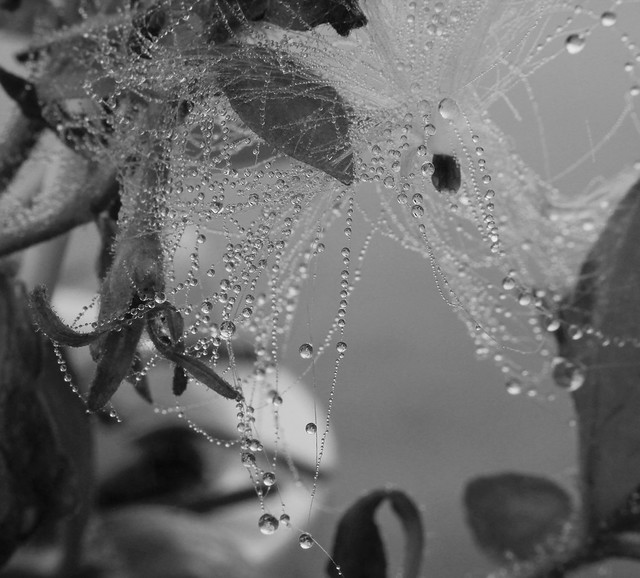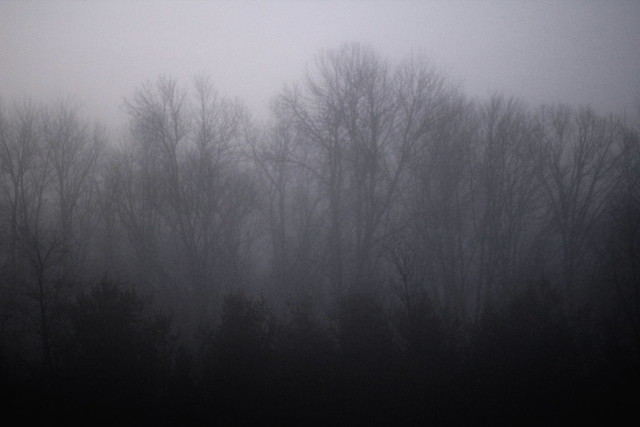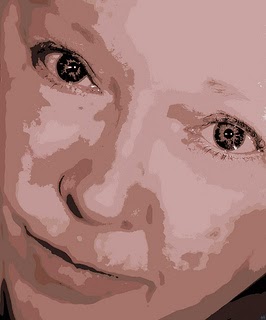
Late November. Dawn fog draws a veil of mystery over the world, revealing the ghosts of trees and drenching a captive milkweed in diamonds.

* If you're following the bucket-list project of hand-feeding wild birds - It's working!
Today: SUCCESS!

Click here to visit Michelle's site, Rambling Woods, and see more Nature Notes






16 comments:
Beautiful shots. I love fog.
Beautiful! I love the milkweed covered with dewdrops.
Lovely views - like the drops of wet.
Vicki..I didn’t know the answer about why duck feet don't get cold. I had to look it up and then read it twice…
http://askanaturalist.com/why-don%E2%80%99t-ducks%E2%80%99-feet-freeze/
It’s all about heat exchange, and the smaller the temperature difference between two objects, the more slowly heat will be exchanged. Ducks, as well as many other birds, have a counter-current heat exchange system between the arteries and veins in their legs. Warm arterial blood flowing to the feet passes close to cold venous blood returning from the feet. The arterial blood warms up the venous blood, dropping in temperature as it does so. This means that the blood that flows through the feet is relatively cool. This keeps the feet supplied with just enough blood to provide tissues with food and oxygen, and just warm enough to avoid frostbite. But by limiting the temperature difference between the feet and the ice, heat loss is greatly reduced. Scientists who measured it calculated that Mallards lost only about 5% of their body heat through their feet at 0o C (32o F) 1. To put this in perspective, the rest of the duck is covered with feathers and in contact only with air, not ice, but because the body is relatively hot, 95% of the heat loss is from the head and body. Meanwhile, the cool feet sit on ice and give up very little heat.
LOL Michelle! You always do come through with the most wonderful information. Thanks!
Nice pictures you show - really like it with the fog.
Hanne Bente
yes, even fog has something beautiful :) great shots!
Wow, gorgeous scenes! I love the fog. Thanks for sharing, have a happy day!
Awesome! that first shot is breathtaking!
Wow! The first shot is a stunner!
These are beautiful photos and the black and white really shows the beauty ..Michelle
Thanks for the compliments, everyone! I was pretty pleased with that first one. I took it with my new lens.
your spiderweb is really great. Like a precious lace. :)
both images are just gorgeous!!
i did gasp when i saw the first one!!
gorgeous ... i am always envious of your macros
so lovely... like a string of pearls, that firs image.
Post a Comment